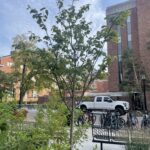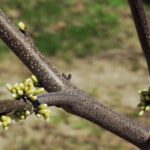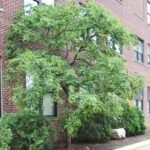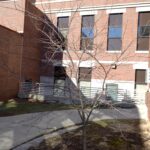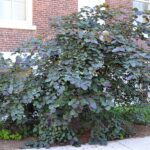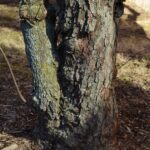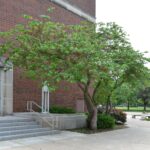Flowers:
Purple (Small rose-purple flowers (darker than the species type) cover branches in the spring)
Foliage:
Purple (Rich purple foliage emerges in the spring and gradually fades to a deep green-puple by the end of the summer); Red-Violet (The fall color can be variable, but can range from purple to red to orange)
Fruit:
Green (Flattened green seed pods that eventually mature to brown in late summer)
Soil:
Prefers moist, well-drained, deep soils, but quite tolerant
Diagnostic Characteristics:
Purplish, cordate (heart-shaped), 3-5" long and wide leaves are alternate and simple, with conspicuous swelling (pulvinus) just below the blade. Stems form a zig-zag pattern. Flowers are small (0.5" long), pinkish-purple, pea-like, and occur slightly later in the spring than the species type. Bark on older mature trees can be an attractive brownish-black with orange inner bark showing through.
